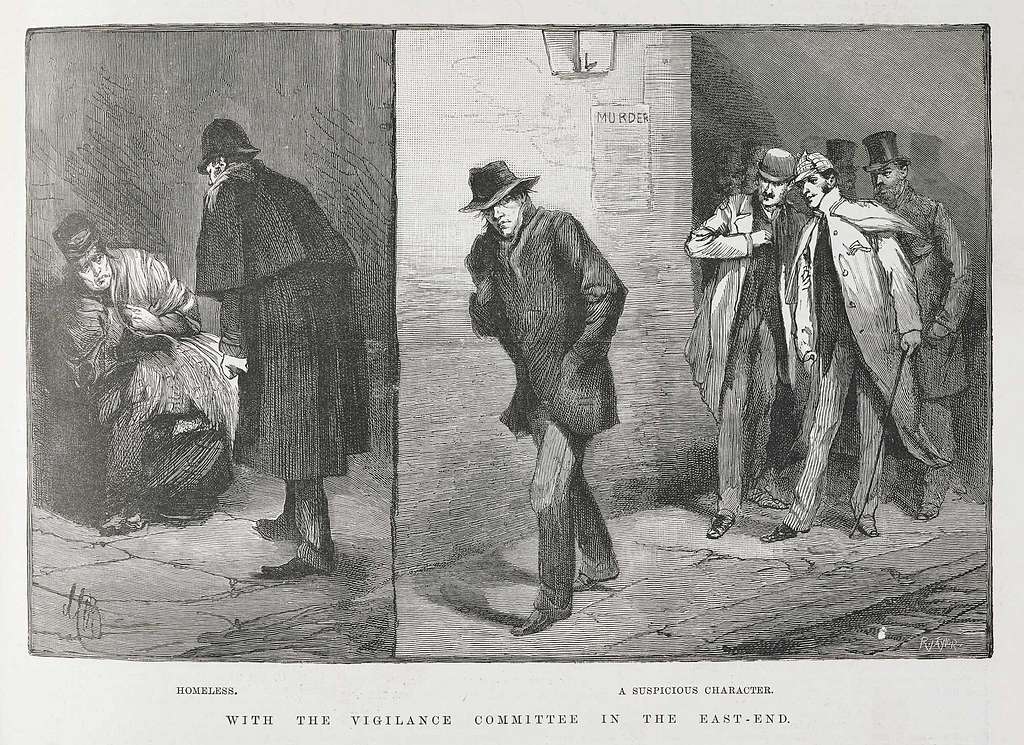An infamous killer in the city of London, a person who seemed to just disappear after killing his victims—Jack the Ripper—is well known around the world for his five murders which people call the Canonical Five, and despite the police’s best attempts, he was never identified for around 137 years. But recently, researchers may have found out his real identity.
Jack the Ripper is believed to be a Polish immigrant named Aaron Kosminski.
This isn’t the first time he was suspected of being the Ripper; back in 1891, Kosminski was committed to an asylum for his mental health, and the last murder was in 1888. People believed the reason the murders stopped was because of his mental health deteriorating and him being put in an asylum. That alone isn’t enough evidence to incriminate him, but a genetic analysis is.

He had a total of 5 victims, some believe there to be more, but the Canonical Five are the ones who are most connected to him and his case. The victim who is most relevant in this case is Catherine Eddowes, whose body was mutilated, with her throat cut, part of her face cut off, intestines pulled out, and her kidney removed. A shawl was allegedly found near her body on September 30, 1888, in Mitre Square. While it was found over a century ago, it recently had a use in a genetic analysis to try and find out who the Ripper really was.
The genetic tests were done on the shawl that was left near Catherine Eddowes. It contained blood from the victim, and semen, and they believe the semen is from Jack the Ripper himself. Genetic tests were done on the shawl, and according to Science, the DNA matches the DNA of one of Kosminski’s relatives. This suggests he had brown hair along with brown eyes which matches with how eyewitnesses described the Ripper at the time.
Is this really reliable though?
Critics question whether this shawl is really reliable to use for this case, because when it was first found, no one really knows if it was actually at the crime scene to begin with, or if it was planted there.
There is nothing on the official record stating it was found at the scene. Futhermore, it was found by a police officer and kept for more than a century, which is more than enough time for it to get contaminated and become unreliable.



































Forrest • Mar 4, 2025 at 4:14 pm
Jack the Ripper was a wild one to learn about when I was in school
Kendall crawford • Mar 4, 2025 at 10:10 am
Crazy stuff….
Izzy Smith • Feb 28, 2025 at 9:01 am
This is one of my fav cases tbh
Kelly Donovan • Feb 27, 2025 at 6:13 pm
Interesting to learn the evidence was still present after so many years.
wolf anderton • Feb 27, 2025 at 8:02 am
Nice story
Torin Connor • Feb 26, 2025 at 10:11 am
Epic article Calvin